Why Accessible Services Matter

Low-barrier care seeks to eliminate the standard obstacles that prevent many people from accessing care — like no insurance or high deductible health plans.
Measure 110 makes care more accessible to more people by removing barriers to and conditions for care. The Oregon Health Authority reports that in only six months, Measure 110 funding enabled as many as 60,000 people to receive care.
A low‐barrier approach is a way to “meet people where they are” and provide an environment where they can be who they are — culturally and emotionally.
Low‐barrier care is non‐punitive and follows a set of attributes that typically allow a person to maintain their sense of autonomy while offering safety, assistance, and community. Care is also considered “low-barrier” when a person is able to access the services they need without having to deal with long wait times, wait lists, or other delays.
How does Measure 110 make critical services more accessible?

Measure 110 is intentional in funding many of the services not typically covered by Medicaid. This helps ensure that people without financial means do not fall through the cracks of our system simply because they can’t afford to pay. No insurance or immigration documentation is required to receive services from a BHRN.
Grants will be prioritized for culturally and linguistically specific services that serve the communities most targeted and harmed by the racist war on drugs. The influx of funding will not only help people in our communities who struggle with addiction, but also help to develop the local behavioral health workforce, creating jobs for people to help others in their own communities.
